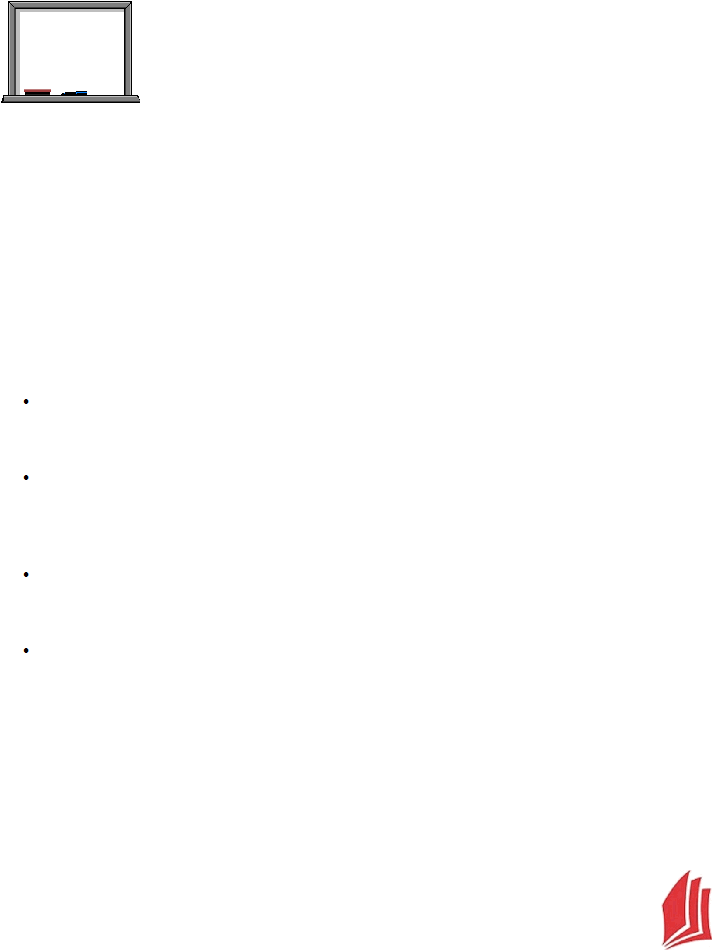
Page | 38
Whiteboards: Having replaced old-fashioned chalk boards almost exclusively,
whiteboards can be a useful tool in training. Markers come in a wide variety of
saturated colors, which are very effective and can be seen throughout a small
to medium sized training room.
If you are not familiar with writing on a whiteboard, make sure that you get
some practice. The surface of a whiteboard is quite different than chalkboards or flip charts, and it can
take a few tries before you are able to write in reasonably legible letters, on a fairly straight line.
Whiteboards are often magnetized. If your training includes concepts that build one upon the other or
relate to one another, you can print the concepts on very large cards and attach them to magnetic
strips. That way you can move them easily on the magnetic board and demonstrate how things relate to
one another, work on sequencing items, or on developing new processes.
Flip Charts: Flip charts are a great tool, but often misunderstood. The idea of a flip chart is that you have
a visual tool that you can create on the go during training, or ahead of time for short lists. The flip chart
is suitable for groups of fewer than 20. People at the back of the room will have difficulty reading off a
flip chart.
To effectively use a flip chart:
Prepare some sheets in advance if possible and keep them covered with a few blank sheets until
you need them. You can also cover points with blank strips of paper that you tape on, and then
remove carefully through your presentation.
Use highly saturated color, but don’t feel like you have to stick to black, blue, and red. You can
now get felt markers in dark green, purple, bright pink, orange, and many other colors. As long
as the color is saturated (very dark), people should be able to read them. Avoid yellows, pastels,
or washed-out colors.
Leave some empty space at the bottom of the page so that you can add things later, or, if you
are sticking the pages to a wall for people to refer to, so that participants across the room can
still read what is at the bottom.
Make your flip chart pages look interesting. Underline, circle, or put stars around key concepts
using a variety of color and shapes.